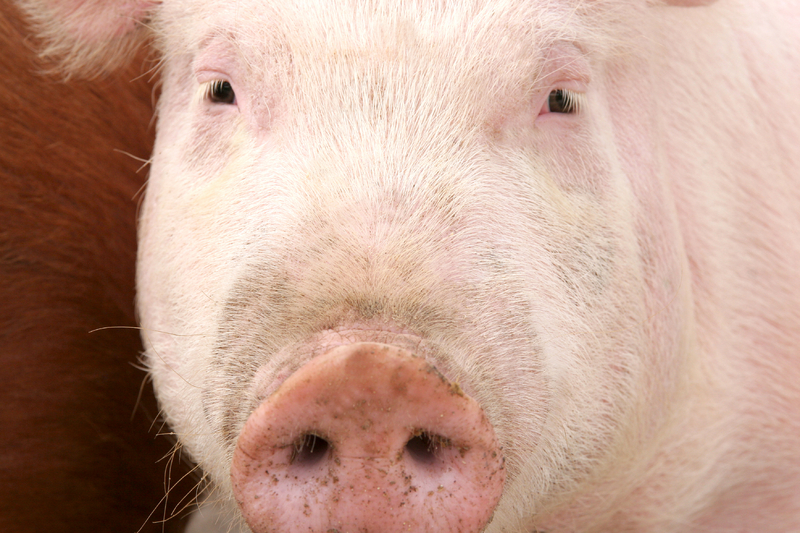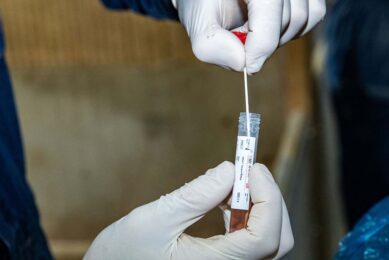3 different swine flu strains on pig farms

3 separate strains of influenza A virus (IAV) have been detected in animal and environmental samples taken from 6 swine farms in US states of Minnesota and Iowa with suspected flu outbreaks.
This was reported in a study by researchers from the University of Minnesota, USA, published in the scientific journal PLoS One.
Indirect transmission is poorly understood
In their motivation, the researchers write, “Indirect transmission of influenza A virus (IAV) in swine is poorly understood and information is lacking on levels of environmental exposure encountered by swine and people during outbreaks of IAV in swine barns. We characterised viral load, viability and persistence of IAV in air and on surfaces during outbreaks in swine barns.”
Influenza A virus was detected in pigs, air and surfaces from 5 confirmed outbreaks with 48% (47/98) of oral fluid, 38% (32/84) of pen railing and 43% (35/82) of indoor air samples testing positive by IAV reverse transcription polymerase chain reaction. The virus was isolated from air and oral fluids yielding a mixture of subtypes (H1N1, H1N2 and H3N2).
Detection of influenza A virus RNA from air was sustained during the outbreaks with maximum levels estimated between 7 and 11 days from reported onset.
Several strains of influenza found
The article reports that among the 5 outbreak farms, H1N1 was confirmed on 1, H3N2 on 1, both H1N1 and H1N2 on 2 farms, and both H1N1 and H3N2 on 1 farm.
The authors concluded in their article, “We found that IAV could be isolated from indoor air of commercial swine production facilities, that airborne IAV levels were sustained for periods of 20 days and that there was a correlation between the number of positive samples of each type and the quantity of virus in the swine oral fluids and in the air.”
Exposure to swine workers and other pigs
They continued saying, “Our results provide a first estimation on levels of environmental IAV in swine commercial production facilities, and thus an assessment of potential sources of IAV exposure to swine workers or other pigs.”
The article was written by Victor Neira, Peter Rabinowitz, Aaron Rendahl, Blanca Paccha, Shawn G. Gibbs and Montserrat Torremorell, connected to the University of Minnesota, St Paul, MN, United States.











